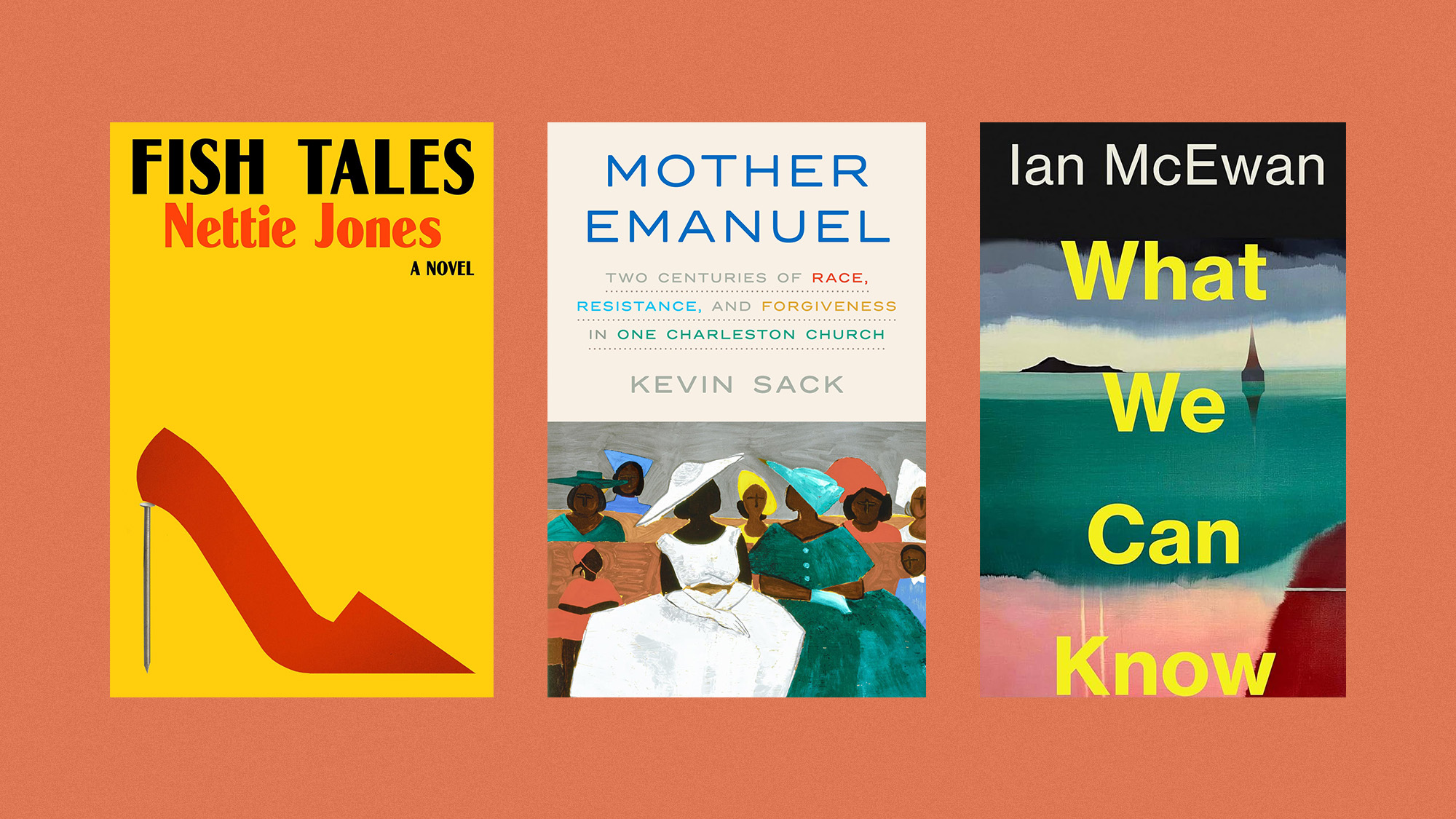Health & Science
Why people burst into tears; How plants seduce bats; Big-eyed northerners; Our twin-eating moon
Why people burst into tears
A good cry won’t actually make you feel better. That’s the surprising conclusion of a new study that proves “crying is not nearly as beneficial as people think it is,” University of South Florida researcher Jonathan Rottenberg tells MSNBC.com. Rottenberg and his colleagues asked about 100 Dutch women to record in a daily mood journal any crying episodes and how they felt afterwards. The 1,004 outbursts of tears the women experienced—usually due to conflict, grief, or empathy for someone else’s suffering—failed to improve the moods of 61 percent of the women, and made 9 percent feel even worse. Just 30 percent said they felt better afterward. More vigorous bawling, with “screaming and body movements,’’ seemed to produce the most relief. Researchers theorize that the biological purpose of crying isn’t to release sorrow, but to elicit “social support” from other people. It’s the sympathy, not the release of tears, that can make people feel better.
How plants seduce bats
The Week
Escape your echo chamber. Get the facts behind the news, plus analysis from multiple perspectives.

Sign up for The Week's Free Newsletters
From our morning news briefing to a weekly Good News Newsletter, get the best of The Week delivered directly to your inbox.
From our morning news briefing to a weekly Good News Newsletter, get the best of The Week delivered directly to your inbox.
Plants often flaunt bright colors and strong scents to attract bird and insect pollinators, but now scientists have discovered one that uses sound to beckon bats. Marcgravia evenia, a rare vine in the rain forests of Cuba, hangs a satellite-dish-shaped leaf or two over its flowers. When bats send out echolocation signals, the leaf bounces the sound back louder and from more angles than flatter foliage does. That, in turn, alerts bats to the presence of nectar; in the lab, the dish-shaped leaf drew bats about twice as fast as plants with flatter leaves. “That leaf is like a big neon sign over a restaurant,” Brock Fenton, a bat researcher at the University of Western Ontario, tells ScienceNOW.org. “It shows us how good plants can be at manipulating bats.” Luring bats helps the vine propagate, because the more bats feed, the more pollen they spread. Ulrich Kutschera, a biologist at the University of Kassel in Germany, says the finding is a surprising example of co-evolution, in which adaptations change the way species interact with each other. “Darwin,” he says, “would have been thrilled.”
Big-eyed northerners
People born in northern climates have bigger eyes and brains than people who originate near the equator, a new study shows. The adaptations aren’t related to intelligence, but instead evolved to help people who live closer to the poles “compensate for the lower light levels at high latitudes,” University of Oxford anthropologist Robin Dunbar tells Discovery News. Researchers examined 200-year-old skulls from 12 indigenous populations around the world and discovered that Scandinavians had eye sockets and brain cavities 20 percent larger than those of Micronesians. Generally, scientists found, the size of a population’s eyes and skulls were closely related to their latitude. Bigger eyes help humans see better in northern latitudes, where the sun is weaker and the winter days are shorter. The larger eyes have led to the evolution of larger visual cortices to process additional input. Scientists have seen similar adaptations in nocturnal birds and mammals, but never in humans. And since people have inhabited high latitudes for only 10,000 years or so, their ocular anatomy has adapted “surprisingly rapidly” by evolutionary standards, Dunbar says.
Our twin-eating moon
A free daily email with the biggest news stories of the day – and the best features from TheWeek.com
Early in its history, the Earth had two moons in its sky instead of one. That’s a new theory by two planetary scientists, who argue that our moon once had a tiny companion that crashed into it, fusing the two satellites into one. The smaller moon, scientists say, existed for only a short period after the formation of the Earth and the solar system, about 4.6 billion years ago. The twin moons orbited the Earth for about 100 million years, until the smaller one—about one-thirtieth the size of the other—succumbed to the larger moon’s gravitational pull and crashed into its dark side. “It’s kind of a gentle collision that doesn’t form a big crater,” co-author Martin Jutzi of the University of Bern in Switzerland tells the London Guardian. “The smaller moon gets more or less pancaked onto the larger moon.” Jutzi thinks this impact thickened the moon’s crust on the far side, explaining why it has such a craggy, mountainous terrain, compared with the relatively flat, crater-pocked geography of the side we can see. Scientists could check this theory by examining rocks on the dark side, but no nation currently plans a mission there.
-
 Received a gift card this holiday season? Here’s how to maximize it.
Received a gift card this holiday season? Here’s how to maximize it.The Explainer Make the most of your present
-
 ‘Lumpy skin’ protests intensify across France as farmers fight cull
‘Lumpy skin’ protests intensify across France as farmers fight cullIN THE SPOTLIGHT A bovine outbreak coupled with ongoing governmental frustrations is causing major problems for French civil society
-
 The best books of 2025
The best books of 2025The Week Recommends A deep dive into the site of a mass shooting, a new release from the author of ‘Atonement’ and more